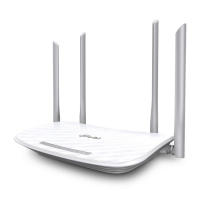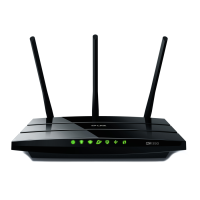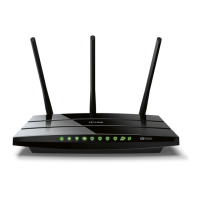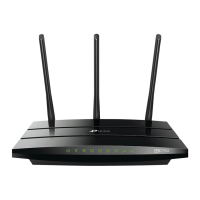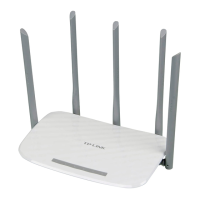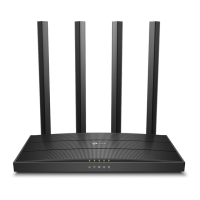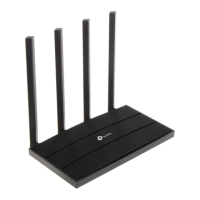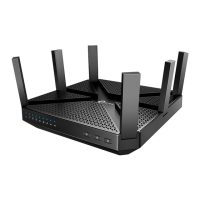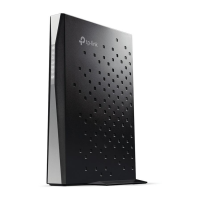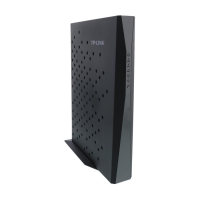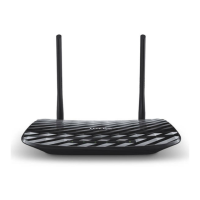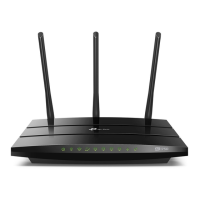Do you have a question about the TP-Link Archer C54 and is the answer not in the manual?
Details the physical layout of the router, including top, back, and bottom panels.
Instructions for connecting the router in Wireless Router, Range Extender, or Access Point modes.
Steps to access and log into the router's web management interface.
Configure WAN, LAN, DHCP, DNS, and other network parameters.
Configure wireless network name, security, guest network, and schedule.
Configure NAT features including Port Forwarding, Port Triggering, UPnP, and DMZ.
Enhance network security with Firewall, Access Control, and IP & MAC Binding.
Manage firmware, backups, passwords, logs, diagnostics, time, reboot, and LEDs.
Steps to diagnose and resolve problems with internet access after setup.
Details the physical layout of the router, including top, back, and bottom panels.
Instructions for connecting the router in Wireless Router, Range Extender, or Access Point modes.
Steps to access and log into the router's web management interface.
Configure WAN, LAN, DHCP, DNS, and other network parameters.
Configure wireless network name, security, guest network, and schedule.
Configure NAT features including Port Forwarding, Port Triggering, UPnP, and DMZ.
Enhance network security with Firewall, Access Control, and IP & MAC Binding.
Manage firmware, backups, passwords, logs, diagnostics, time, reboot, and LEDs.
Steps to diagnose and resolve problems with internet access after setup.
| Ethernet WAN | Yes |
|---|---|
| SIM card slot | No |
| 3G/4G USB modem compatibility | - |
| Wi-Fi band | Dual-band (2.4 GHz / 5 GHz) |
| Top Wi-Fi standard | Wi-Fi 5 (802.11ac) |
| WLAN data transfer rate (max) | 867 Mbit/s |
| WLAN data transfer rate (second band) | 300 Mbit/s |
| Networking standards | IEEE 802.11a, IEEE 802.11ac, IEEE 802.11d, IEEE 802.11g, IEEE 802.11n |
| Ethernet LAN data rates | 10, 100 Mbit/s |
| Ethernet LAN interface type | Fast Ethernet |
| Ethernet LAN (RJ-45) ports | 4 |
| Product type | Tabletop router |
| Product color | Black |
| Output current | 0.85 A |
| Output voltage | 9 V |
| Power source type | AC |
| Storage temperature (T-T) | -40 - 60 °C |
| Operating temperature (T-T) | 0 - 40 °C |
| Storage relative humidity (H-H) | 5 - 90 % |
| Operating relative humidity (H-H) | 10 - 90 % |
| Security algorithms | WEP, WPA, WPA2, WPA2-Enterprise |
| Depth | 106.7 mm |
|---|---|
| Width | 115 mm |
| Height | 24.3 mm |
